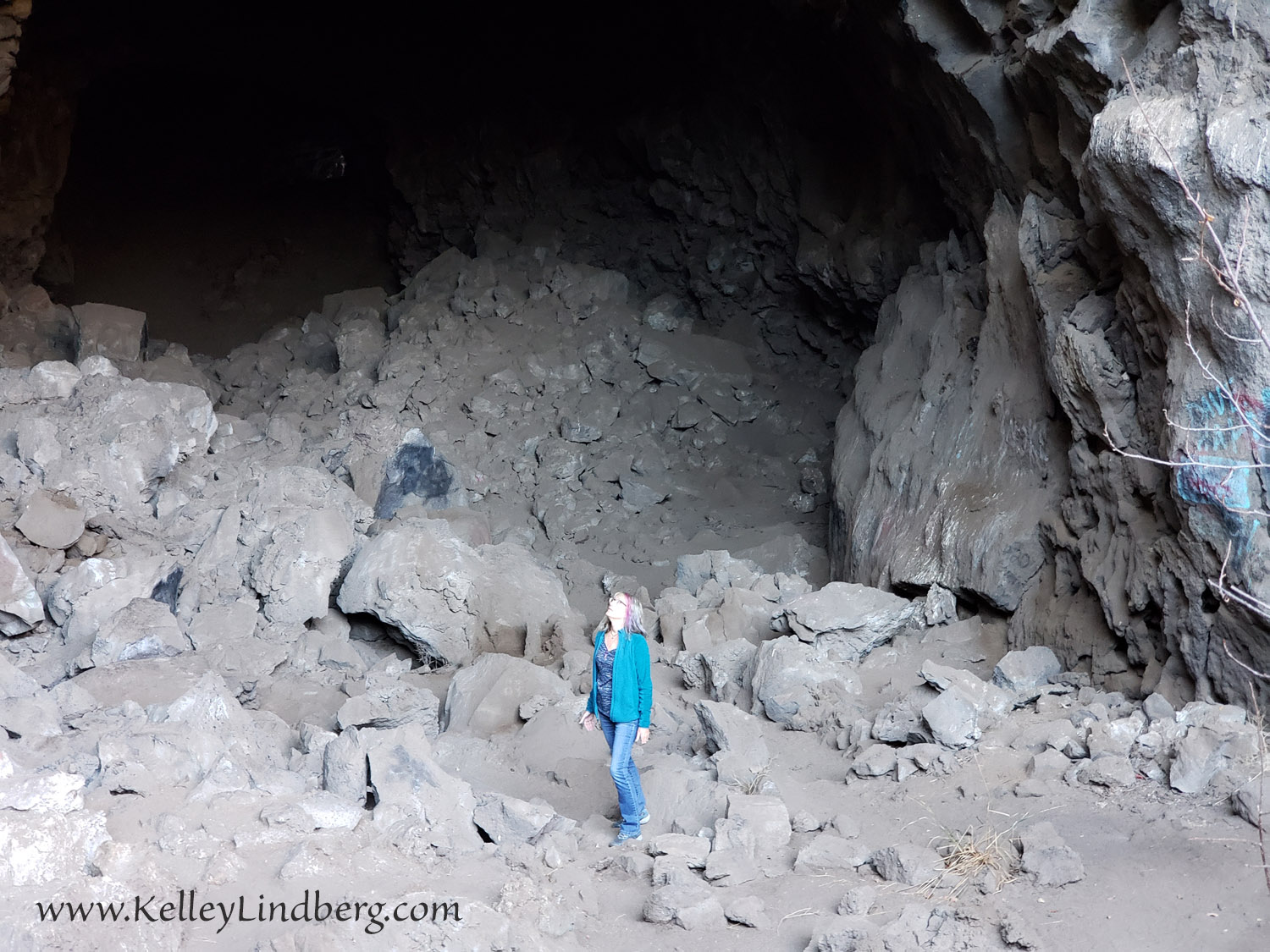Your main character—let’s call him Archie—has a problem. He’s trying to find something lost in the woods (a criminal’s hideout, perhaps, or a missing child, or a jungle-covered Mayan ruin). Suddenly, Archie knows what he needs: a drone!
Now you, the author, have a problem. You’ve never flown a drone.
What does it feel like to hold the controls in your hand and pray you don’t accidentally twitch a finger and crash your drone into a powerline? How tiny of an adjustment can change your drone’s angle or speed? Do you experience a little thrill when the drone takes off into the sky? How about when it spins out of control or crashes?
Back to Archie. Maybe he has a side-gig as a dog-walker. What’s it like to walk three dogs at once, anyway? How does Archie keep the other two dogs close at hand while the third stops to do his business on the most pristine yard on the block?
Little known fact about Archie: he likes to make soufflés for his dates. It’s kind of his go-to “cook to impress” recipe. How hard are soufflés to bake, really? Are they tasty enough to justify the effort?
If you’re like many authors (me included), you’ll probably turn to the internet for help with all of Archie’s experiences. You’ll watch YouTube videos or read blog posts about drones. You’ll scroll recipes with carefully staged photos of perfect soufflés. You might even lose several minutes watching reels of dog-walking gone hilariously wrong.
While the internet is a wonderland of information, watching videos about a thing means you’re only using one sense—vision—to watch someone else doing that thing. (Possibly you’re using a second sense, hearing, although many videos supplant the real sounds with music.) It’s a second-hand experience and a pretty serious dilution of that experience.
You’re not feeling the leashes tangle around your legs. While you may have laughed when that drone crashed into a powerline on YouTube, when you crash a drone yourself, you probably won’t feel like giggling. (Or would you? Hard to say without doing it first-hand, right?) And that soufflé—on the internet, you can’t smell it cooking (or burning), taste it as it melts on your tongue, or feel the agony of wasted time, effort, and eggs as you watch helplessly when it flops.
One way to make the details in your scenes come vibrantly alive is to try to experience for yourself whatever your characters are doing.
Now, I’m definitely not advocating that you go out and rob a bank to add realistic details to your bank heist caper. But when was the last time you were inside a bank? (Pre-Covid?) Do you remember what it smelled like? What it sounded like? Could you see the vault? Where were the cameras? How were the tellers and guards dressed? If it’s been a while, make an excuse (take in that big jar of coins you’ve been saving) and notice what you see, hear, smell, and sense.
We’ve become complacent about using the internet to feed us second-hand, two-dimensional experiences. But it’s surprisingly easy to find ways to experience many of our characters’ moments first-hand, adding overlooked details, sensory layers, and perspectives you might have missed otherwise.
For example, there are clubs and organizations for drone pilots everywhere. Contact one near you, explain that you’re an author and would love to see someone pilot a drone firsthand, and because people love authors and love to share their hobbies with anyone who will listen, you’ll likely have a date with a drone in no time.
Borrow three dogs from your friends for an afternoon and take them on a walk. Call a professional dogwalker and interview them about their job—they might let you go on a walk-along.
Bake that soufflé—how did it turn out?
Each time, sit down afterwards and jot down notes. Recall all five senses, and record your emotions and thoughts before, during, and after the experience.
From preserving peaches to sitting in a courtroom, from going on a ride-along with a cop (some police departments will allow that) to peering inside a real-life ambulance, from going snowboarding for the first time to perfecting a martini, bring meaningful realism to your character’s world by experiencing parts of their world first-hand.
And let your character’s experiences open up new experiences for you!
I recently got to ride with a professional driver on a racetrack as he drifted through turns at heart-pounding speeds, because my character might need to escape bad guys in a car chase (see “I Drifted in a Hellcat for Research Purposes Only. Honest.”). I’ve taken research notes while sitting on a jury. I’ve shot a handgun, learned to tie sailing knots, gone to a concert at a middle school, and explored lava tubes and caves (see photo of me in Pluto’s Cave near Mt. Shasta, CA), all because I knew I might write about those things in a novel soon.
Look through your WIP (work-in-progress). Are you making your characters do things you’ve never done yourself? If so, is there some aspect of those activities that you can try? Why not set aside some time to actually do them?
You’ll notice a dozen details you never would have thought of if you’d relied only on Google. Your story and your characters (like Archie!) will be richer for your experience—and so will you.
[Photo by Kelley J. P. Lindberg]


Bottom line: get out there! Inhale. Observe. DIY. Don’t lean on YouTube (all the time). Good stuff, Kelley. Good reminder.
Thanks, Mark!